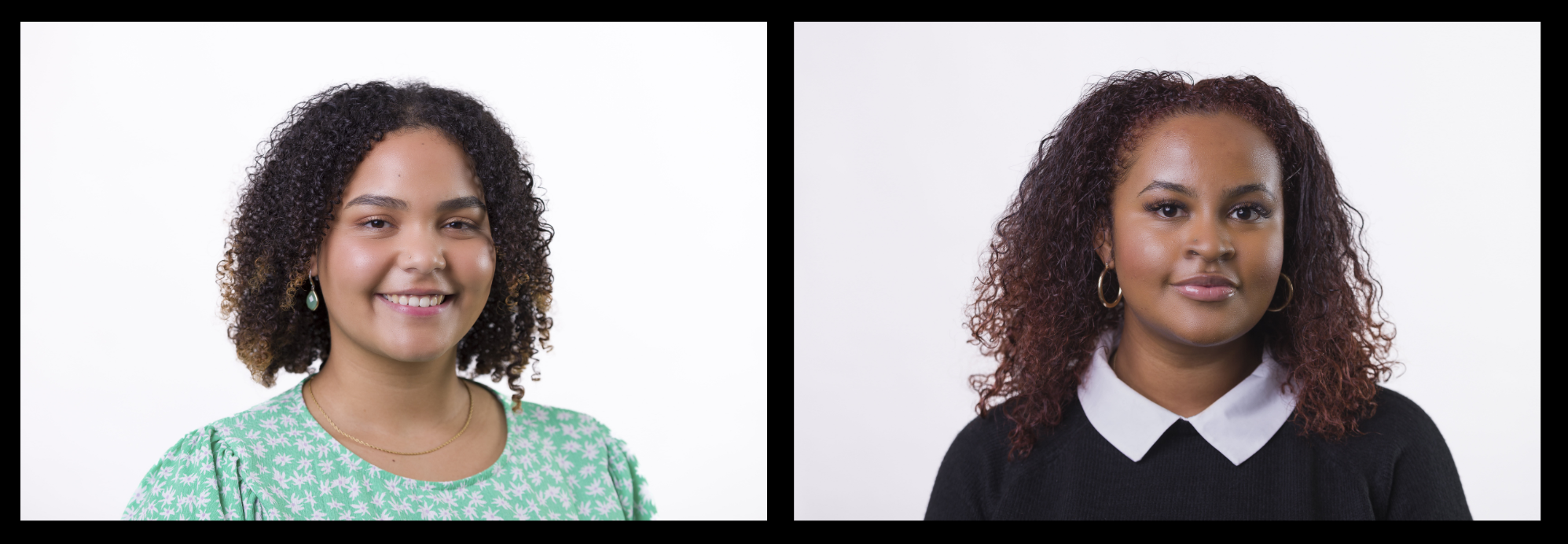Black History Month and the fear of ‘getting it wrong’
How can PRs ensure that their organisation isn’t engaging in a tick-box exercise? Advocate for communities, look to the future not just the past, and start planning your activity before October…
Black History Month celebrates and recognises the invaluable contributions of Black communities throughout history. However, in mainstream British society, Black history is too often simplified into a one-dimensional story of racial trauma and injustice. Whilst it is crucial to acknowledge historic atrocities, and how they have informed culture today, the seriousness of these topics can lead to a fear of ‘getting it wrong’ – resulting in surface-level and tick box-style engagement with Black History Month.
We’re three years on from 2020, the murder of George Floyd and the resurgence of Black Lives Matter. During this time, there has been an increase in expectations of campaigns and the creative industry – for instance, 85% of Gen Z say they want to see diversity in advertising, according to Voxburner.
But this has also led to scepticism from audiences about the authenticity of brands and companies’ commitments to racial equity. Audiences are more attuned (and quick) to call out performative campaigns. This brings up important nuances and principles when making decisions and ‘getting it right’ for Black History Month 2023.
Assess your right to play
Firstly, it is imperative that brands assess their ‘right to play’ when planning activity for Black History Month – this means an alignment between ‘brand say’ and ‘brand do’. In other words, has the appropriate interest and investment been shown in understanding Black communities to give a brand or organisation the right to engage with them? You should consider:
- How realistic is it that your brand and/or organisation can stand for this cause? Eg is there evidence of profiling, supporting and advocating for the communities beyond cultural ‘moments’?
- Is this an equitable exchange with the communities?
- How are community voices heard and how do they influence the direction of the brand and/or organisation?
Think about communities, not community
There must be an understanding that Blackness is not a monolith, there is no single archetype that should be celebrated. There are many vibrant differences between Black communities and Black History Month celebrations need to recognise this. Blackness also intersects with many other identities including (but not limited to) beliefs, disability, gender, LGBTQIA+ and socio-economic status.
Considering and including these nuances allows for the representation and engagement with the plethora of stories and voices of Blackness. An example of good practice is Bumble’s #MyLoveIsBlackLove campaign during Black History Month 2020, showcasing the many dimensions of Black love and relationships. Engaging thoughtfully with intersectionality can help create richer campaigns by going beyond the ‘same few names’ when casting and collaborating with Black talent.
Co-create equitably
‘Getting it right’ should mean that your efforts land well with the communities you wish to connect with. Co-creation is a significant pathway for this. Co-creation goes a step beyond consultation, this might look like collaborating with Black creatives throughout the campaign process or enlisting a Black director to take the creative lead on an advertisement. Internally, this means listening to the ideas of Black colleagues and how they feel activities during Black History Month would best serve them and their communities. Plainly, enlisting Black perspectives is key to ‘getting it right’.
This also ensures that you're not speaking on behalf of the communities that you’re trying to represent, which can fuel public backlash as the resulting content is often culturally appropriative and tokenistic. A key part of incorporating Black voices within Black History Month initiatives and campaigns requires organisations and brands to consider the time, space and effort put in by Black communities. Paying Black contributors equitably for this exchange is essential – particularly in the context of the 22% pay gap between Black and White influencers, and that Black women are paid 65p for every £1 that White men receive in the creative industry.
Hold space for Black joy
Stories have a critical place in challenging or perpetuating inequitable histories. The messages you platform need to be well-considered. Are you accidentally reinforcing centuries of Black suffering or showcasing Black joy, and why?
The tone of Black History Month is often sombre, recollecting histories of violence and brutality where Black voices were oppressed, hidden and silenced. We must be sensitive to the communities who are affected because centring suffering can (re)inflict generational trauma. Whilst it is important to account for the past, we also need to make space for stories of the present and the future.
Plan before October
Finally, initiatives and campaigns need to be planned well in advance. For instance, generic social media posts are predictable and only demonstrate that brands have rushed to pull something together from the fear of being called out for inaction. More often than not, Black History Month activities can feel like an afterthought with little-to-no effort in engaging Black communities all year round. If you want to ‘get it right’, then planning is crucial to show that you're committed to showcasing the contributions of different Black communities to the current social landscape. For example, Channel 4 provides support all year round to Black communities with their Black to Front initiative and Black in Business offer with Lloyds Bank.
Black History Month serves as a reminder of the work still needed to create an equitable future – storytelling, campaigns, and initiatives hold a key role in celebrating Black cultures and the achievements of Black communities.
Rosie Ngugi is an inclusion consultant and Chynna Rhooms an associate, both at the ED&I consultancy The Unmistakables. For more guidance on how to create and deliver Black History Month initiatives, check out The Unmistakables’ How-to guide.


